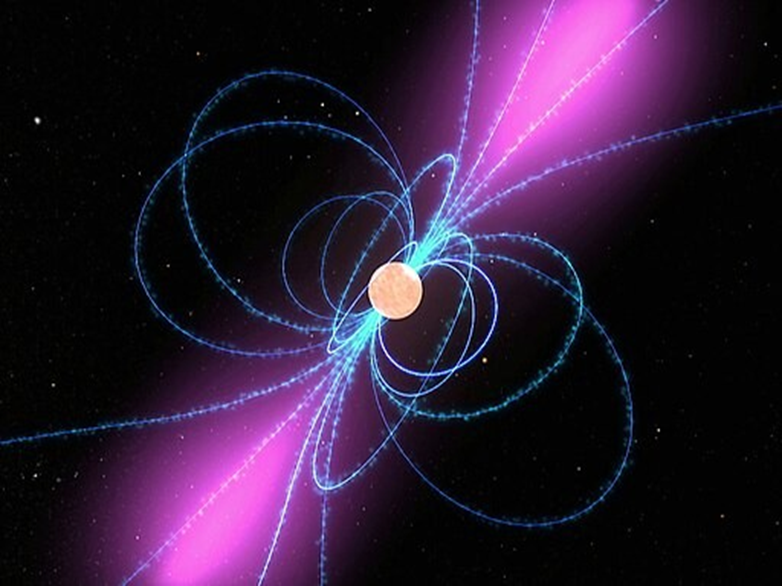A mysterious source has been sending radio signals to Earth from space for 35 years

Scientists say that an unknown source has been sending radio signals towards Earth since at least 1988.
Astronomers don't know what object is sending radio waves toward Earth because the nature of the waves doesn't align with any models trying to explain them.
Scientists say in a study published in the journal Nature, that over the course of 35 years, the source has been sending out regular 20-minute waves of energy that vary greatly in brightness.
The emissions look like explosions from pulsars or fast radio bursts (FRBs), lasting from milliseconds to several seconds. But the newly discovered source sends out radio signals that pulse over a period of 21 minutes, something that was previously thought to be impossible by predictable explanations.
Pulsars are neutron stars that spin at high speed, giving off radio bursts. When one of them crosses the Earth, the emissions can be captured very briefly and subtly.

Scientists believe that the process can only succeed if the pulsar's magnetic field is strong, and when it rotates fast enough. If not, there wouldn't be enough power to see the pulsar from Earth. This has led to the development of the “pulsating death line,” suggesting that sources must rotate quickly and be powerful enough to be detected.
However, the newly discovered organism named GPMJ1839-10 is very far from this death line. And if it is a pulsar, it appears to be working in ways that scientists thought were impossible.

It could also be a highly magnetized white dwarf or a magnetar, an additional type of neutron star with incredibly strong magnetic fields, but the team believes they tend not to emit emissions of this type.
The signals have been detected on Earth since at least 1988, and scientists have found them by looking at ancient records. But it is not noticed by those who collect that data. After discovering the source, the team examined the radio archives and found that the source had been repeated for at least 35 years.
Victoria M. Caspi, a professor of physics at McGill University who was not involved in the study, said more discoveries may be made this way in the future. "Only time will tell what lies in this data, and what observations across many astronomical time scales will reveal," she wrote in an accompanying article.
This may include some explanations for the strangeness of the newly discovered source. And by examining whether there is a similar group of other organisms in the data, researchers may be able to understand the mechanisms behind the newly detected emissions.
Source: The Independent

